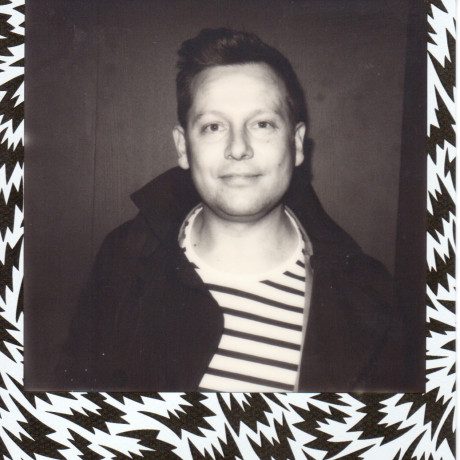In Conversation: Clubland by Luke Curtis
Luke Curtis is a name that may be familiar to you if you’re one of the sweaty thousands, keeping the heart of London’s clubland beating. Luke has forged his reputation and career by honing his skills and then his relationships with artists, promoters and the clubs themselves. Here, PhotoBite get the story of Luke’s journey so far
PhotoBite: Hi Luke. Tell us, when did you become a ‘professional’ photographer?
Luke Curtis: Well, I decided in 2014 that it was what I wanted to do, full time, but the story started back in 2011 when I was working for Sony and expecting my Daughter. A good friend and colleague, Sam, advised me at the time, to get a decent camera to not miss any part of her growing up. As soon as I started shooting, I couldn’t stop, and from 2011 to 2014 I had ‘accidentally’ built a portfolio. When I decided it was strong enough, I chose to leave Sony to follow my passion.
PB: What did you do to break into the pro-photo scene?
LC: I just started taking pictures of everything, as much as I could, to learn as much as possible. I got into exploring abandoned buildings, which was super popular then, and started to get a good social following and the idea of being a photographer really started to grow. Then I took a picture of an empty nightclub in Ipswich which was due to be taken over by the deltic group to become Unit 17. Due to the hashtags I used, they liked the picture and got in touch. After a meeting with the new manager, I got a residency there, taking pictures!
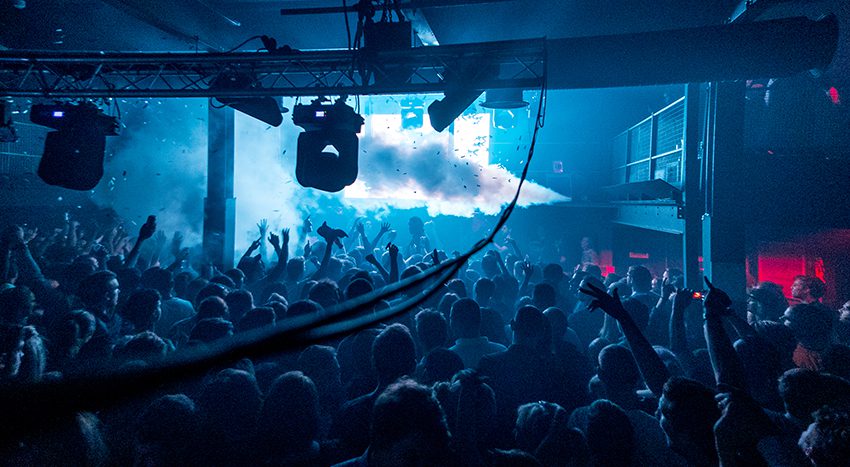
EGG LDN: Photo credit Luke Curtis
I’ve always been a music fan and combining photography and music was an amazing experience. I knew early on, that it was somethIng I wouldn’t be able to walk away from easily, so I took advantage of the time there to build an events portfolio and really learn the ropes. Whilst researching techniques and other photographer’s events work, I came across Ryan Dinham. I was immediately blown away by his work, and in my opinion, he remains one of the best in the industry. I knew that, with my portfolio, I’d never get looked at seriously in the dance music scene, so I used my portfolio to get opportunities at known events; offering my services for free, to get a foot in the door. I managed to get opportunities at studio 338 with ABODE’s Artikal, Ministry of sound, Sundown festival and Social Festival. With each opportunity, I used the end results to find the next ‘job’ until my work was good enough to charge for.
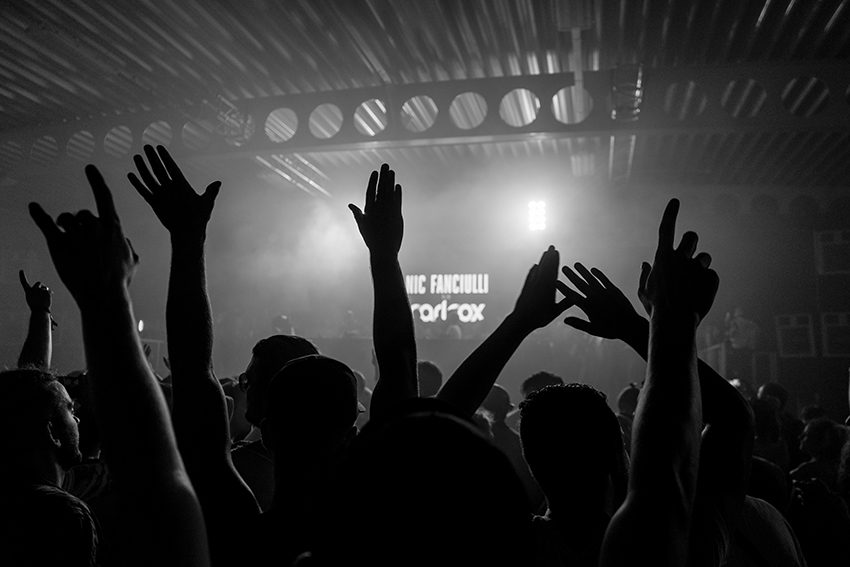
Time-wise, its taken me just over a year to break into the mainstream, but the prep work has been going on for years. I think a large part of my success is, as my partner Robyn says, is that I have an ‘unhealthy obsession’ with music and photography, and just can’t put it down. Day in, day out, I am constantly pushing new ideas, approaching new clients and marketing myself. Always marketing.
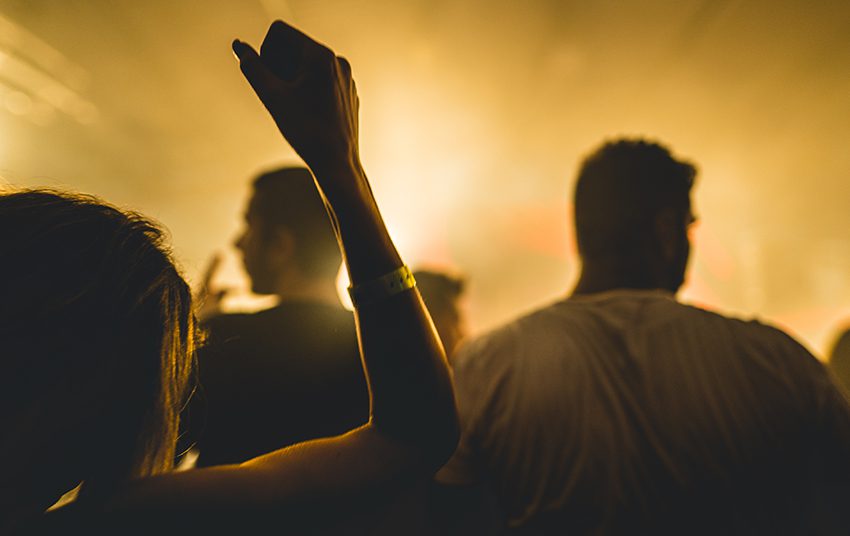
Raver: Photo credit Luke Curtis
PB: So what are some of the key things to consider when shooting music events and clubnights?
LC: Shooting in nightclubs, in my opinion, is one of the hardest skills to master. You’re taking pictures of moving subjects, and mostly in the dark. It isn’t easy. For me, it’s about having the specific kit for each job. For instance, a festival is different to a night at EGG [club]. the lighting changes all the time, so you have to be prepared to be totally unprepared and take a good layout to cover all bases. My kit includes Sony a7RII, a good couple of prime lenses [Sigma for me, as I am sponsored by them], a good ranged lens 24-70mm and 2 flashes with a control unit that means I can create my own lighting regardless of what’s going on, on the night. Outside of that, the key is having enough juice to get you through the night, so batteries. Batteries. Batteries! Oh, and SD cards, too.
The lighting changes all the time, so you have to be prepared to be totally unprepared and take a good layout to cover all bases
Other considerations are the artists and clubbers. Ultimately, the night is about them and I am just taking a record of to be relived. If you’ve never worked with an artist, I like to look at the images they share on their social channels and produce some images that I think they’ll like. That way they’re more likely to share, and that boosts my work to a wider audience. I’ve had Detroit Swindle, Sam Divine and MBE jay Norman share my work, which is nice.

Printworks: Photo credit Luke Curtis
Also, I just try to blend in. I hate the formulaic, ‘posed’ group shots of girls pouting, or boys being all ‘hard’. I like to try and capture the event in its purest form, so I dress like a raver and dance like one, generally blending in, which keeps my work candid and true.
If I had to pick some favourite shots, they would be more to do with the story behind the image, than the image itself
PB: Which have been some of your most memorable shoots, Luke?
LC: Ah man, you could ask me about all the top guys that do event photography and I could tell you my favourite images of theirs. I’m never completely happy with my own work. It’s part of that obsession, and I think that’s why I work so hard; to try to better myself as a photographer, every time. If I had to pick a few it would be more to do with the story behind the image, than the image itself.
Kolsch’s 8 hour set at Faust, Paris. I got flown to Paris to shoot at this unreal club. I was buzzing, as had never done anything overseas, so it was a real landmark shoot for me and for me, this image really stands out.
Skream at 338 for Elrow; I was taking a picture of a raver taking a selfie, and I spotted when I was editing that you can see Skream going nuts! It’s just funny that; always makes me laugh! Plus I loved studio 338 and Elrow so a good combination.
Carl Cox and Norman jay [MBE] for DJ mag‘s best of British at EGG. Getting to work with DJ Mag is, by far, one of my proudest achievements. Ultimately, I’m just a fan of music and photography, so always read their mag [as a fan] as it includes tons of both elements. So for me, getting to work with them gives me a huge buzz every time, and the team there are great. Its a real family vibe and they are so into the scene, which makes the whole thing legitimate. It’s not just a business; they love the music and it shows, and working with them gives me a huge sense of pride. Getting to cover the ‘Best of British Awards’ was, quite simply, a highlight in my career so far.
PB: What have you found to be the best way to get exposure for your work?
LC: My education is based around marketing, so I believe that, even if you are the greatest photographer out there; without a platform, you won’t be noticed. The old saying is, ‘if they can’t see it, you can’t sell it’ so I regularly use mailouts to my database, showing what we have been up to and what services we can offer. every week I get new work from this so its a vital lifeline for my business. every week I manage to get new work from this method, so it’s a vital lifeline for my business.
My advice to anyone serious about pictures, is to get on instagram, understand it and enjoy it. I love popping in a hashtag and looking at whats out there. It’s a great place for inspiration.
Outside fro that, I use Twitter, Facebook and Instagram. Instagram being the ‘one’ I use it to show my portfolio off to new clients, as everyone has Insta! Plus it can really target your demographic with the right hashtags. I’ve built mine nicely in numbers now and am of what it demonstrates. You can go back to the first images on there and it shows a story. It’s true to my journey and I still find myself going back over it, pinching myself. My advice to anyone serious about pictures is to get on Instagram, understand it and enjoy it. I love popping in a hashtag and looking at whats out there. It’s a great place for inspiration.
PB: What would you say the key benefits are for event organisers to work with photographers and videographers for these kinds of events?
LC: All parties should have good stories to tell afterwards, and the imagery is the record for keeping that feeling alive. The benefits to the organisers are huge. Te images keep their events alive for much longer. Say you throw a party on Saturday, and the images are ready Monday/Tuesday morning; all the clubbers will be in the office checking them out, sharing them and talking about how amazing it was, sharing them as profile pictures etc, and that just broadens the reach of the event and keeps the story alive.
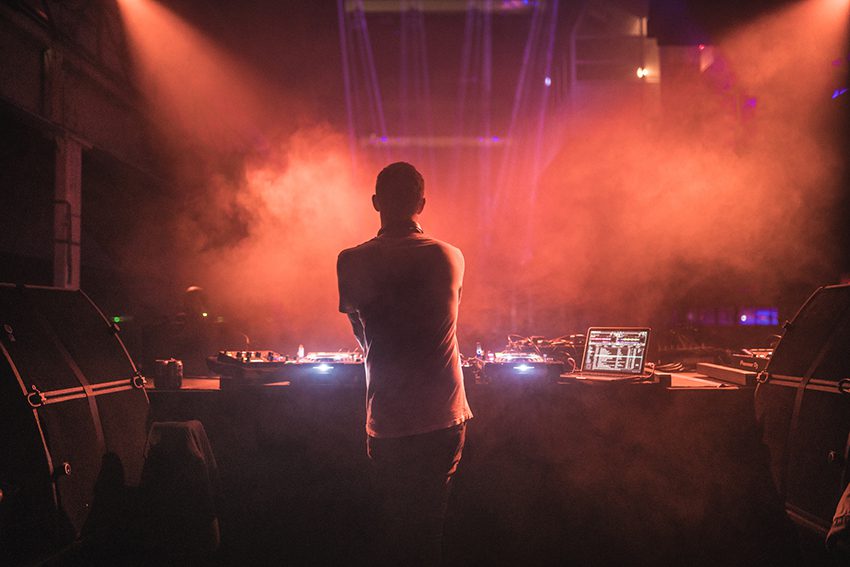
Matthias Tanzmann: Photo credit Luke Curtis
If you throw events on a monthly basis and have a good strategy, you can stage the release of the images on your social channels, to ensure your customers are aware and come back each and every time. It’s a retention tool if you’re smart and know how to use it properly.
Promoters and venues need to be using all the key social platforms and not uploading too much. Over time, I have learnt to restrict what I show and if you flood your social channels with hundreds of images from a single night, people will get bored of looking, so just show the best and try to give enough to leave them wanting more. I see myself as a visual artist, not unlike the music artists at an event. You need to keep things fresh all the time, otherwise people get bored.
PB: What are some of the biggest challenges you face as a photographer?
LC: To get a foothold in this [music/club] industry you need a portfolio, and to get this, it’s becoming more recognised to have to work for free; just like I did. There are a lot of promoters that will take advantage of this fact and it can cause a ‘why-would-you-pay-if-you-can-get-it-for-free’ mentality. It can mean that the overall value of your service is devalued, so you have to be very careful to address the balance and only agree to shoot if you can see [at least] an equal benefit for yourself. Everyone wants to be a photographer and there are a lot of people willing to work for free, with plenty of promoters taking advantage of the fact.
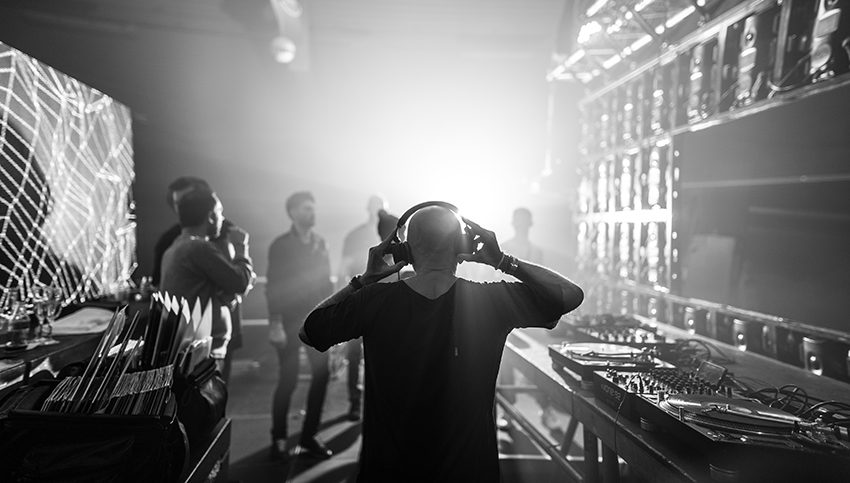
Photo credit Luke Curtis
The other challenge, I find, is that the newcomers are bloody good. Like, really good! Really though, it’s a good thing as it forces you to produce your best work. I love collaborating and have been working to expand MIND YOUR STEP to an agency for photographers, run by photographers. I’m driven by the challenge of making sure that these skilled creatives get a chance at follow their passion, and keep me young!

